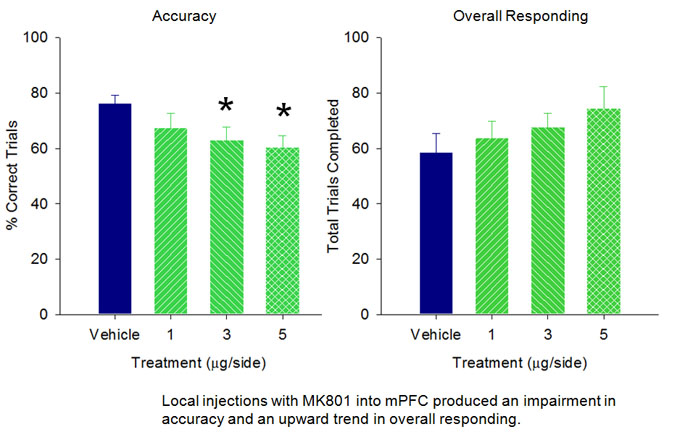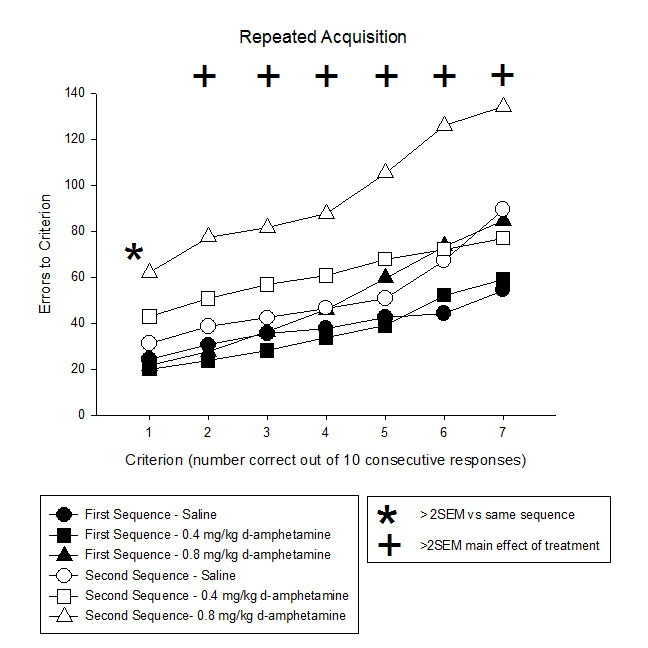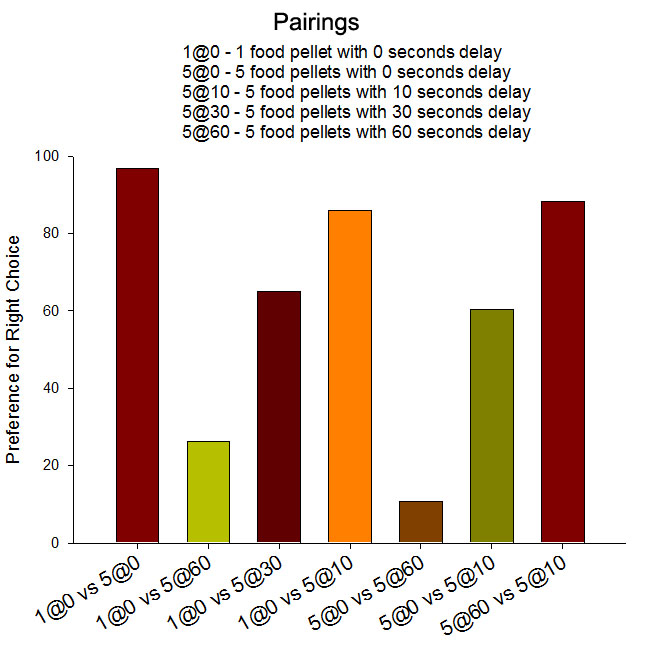Translational Research
In designing tests for WiltonLogic, we have taken a conscious decision to make as many as possible suitable for translational studies from animal to man. We think research in animals is critical to biomedical progress. However differing traditions in animal and human research often lead to the adoption of methods which make translating knowledge gained I one species to the others. Not least, relying on language and spoken responses in human research involves human-specific mechanisms which may involve brain mechanisms not present (or rudimentary) in animals. Similarly, using methods in rats or mice which emphasizes their species specific capabilities may result in discoveries which are difficult to apply to human medical research. Of course, trying to compromise may lead to procedures which are artificial to both animals and man. We are aware of that!
Working Memory
Tracey Ko and John Evenden are authors of an article recently published in Psychopharmacology (2009) describing the rodent version of the n-back working memory. We also have a number of abstracts referring to posters presented at the annual meeting of the society for neuroscience describing work using this method. Tracey Ko will be defending her dissertation during the Summer of 2009. Her work has shown that repeated treatment of rats with the NMDA antagonist, MK-801, selectively impairs choice accuracy, the key measure of working in this test. A similar deficit is found when the drug is administered into the medial prefrontal cortex of rats, but not when it is administered into dorsal hippocampus. The chronic MK-801 induced deficit is not ameliorated by haloperidol or acute or chronic treatment with clozapine.
Ko T, Evenden J. (2009). The effects of psychotomimetic and putative cognitive-enhancing drugs on the performance of a n-back working memory task in rats. Psychopharmacology, 202:67-78.
Sequence Learning
There has been a long history of using spatial sequence learning tasks in behavioral neuroscience with monkeys and rats as test subjects (see the work of Moerschbaecher JM). Most of these studies employ three response levers, and so the number of sequence alternatives is limited. John Evenden and Tracey Ko adapted the method to our 5-lever box, giving us a much larger number of sequences. That way we were able to train the rats to learn one sequence up to criterion, and then switch it out, and make them learn a second, without having to repeat the sequences very few days. Not surprisingly, this behaviour was impaired by amphetamine and the NMDA-antagonist MK801 (in line with previously published results in the conventional method).
In our view spatial sequence learning is probably too easy for human subjects, so in designing the WiltonLogic sequence learning test we decided to use visual stimuli and rearrange them after every choice to prevent the adoption of a spatial strategy.
Delay of Reward
In 1996 John Evenden and Christine Ryan published the first paper on a method for testing sensitivity to delay of reward in rats using experimenter-controlled incrementing delays. This method was designed to allow the experiment or track changes in sensitivity to delay of reward in response to acute interventions such as drug treatments or more lasting brain damage. It has been used widely since then, thank to a large degree by the work of Cardinal and colleagues (Cardinal et al, 2001). One of the main advantages is that it can be carried out off-the-shelf apparatus. Recently concerns have been raised that apparent changes in the sensitivity might be confounded by effect of manipulations on other psychological constructs such as behavioural flexibility or perseveration. This led John Evenden and Christine Litwin to carry out a pilot study using apparatus with 5-levers in which each lever was associated with a particular combination of delay and reward size. In that study, we were able to demonstrate a similar reward/delay function to that seen in the incrementing task, presenting pairs of options in a randomized order throughout the test session, rather than in a systematic order. These data look very similar to those seen with human subject using the WiltonLogic program. Unfortunately we did not have time for systematic pharmacological studies. Although we used a five-lever, it is likely that this same method would also work well in a five-hole box.
Evenden JL, Ryan CN. (1996) The pharmacology of impulsive behaviour in rats: the effects of drugs on response choice with varying delays of reinforcement. Psychopharmacology 128:161-70.
Cardinal RN, Pennicott DR, Sugathapala CL, Robbins TW, Everitt BJ. (2001) Impulsive choice induced in rats by lesions of the nucleus accumbens core. Science. 292:2499-501.


